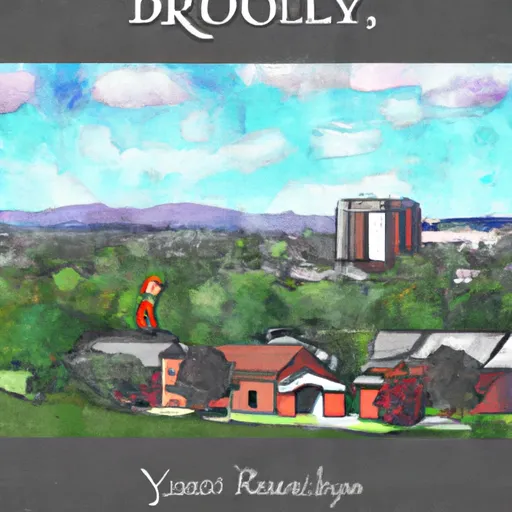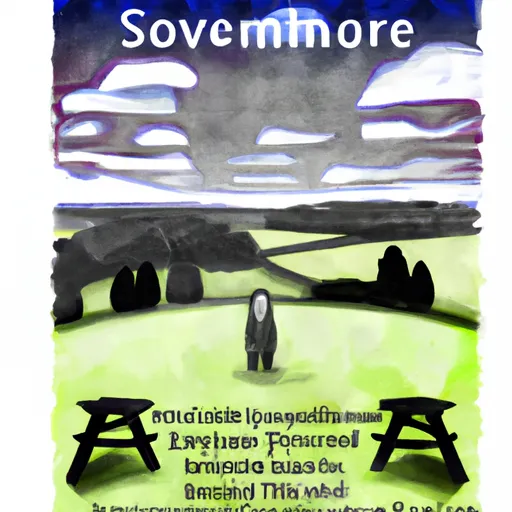°F
°F
mph
Windspeed
%
Humidity











Dublin, Virginia is a small town located in Pulaski County. The climate in Dublin is classified as humid subtropical, with hot summers and mild winters. The town is situated near the New River, which provides a variety of hydrology constituents including fishing, kayaking, and swimming. The New River Valley Trail also runs through Dublin, providing hiking and biking opportunities. The Claytor Lake State Park, located nearby, offers additional water activities such as boating and water skiing. Overall, Dublin's location in the Appalachian Mountains provides ample opportunities for outdoor recreation in a beautiful natural setting.
Weather Forecast
Dublin receives approximately 963mm of rain per year, with humidity levels near 83% and air temperatures averaging around 12°C. Dublin has a plant hardyness factor of 6, meaning plants and agriculture in this region thrive during a short period during spring and early summer. Most plants will die off during the colder winter months.
Regional Streamflow Levels
137
Cubic Feet Per Second
94
Cubic Feet Per Second
1,640
Cubic Feet Per Second
1,380
Cubic Feet Per Second
Nearby Camping
| Camping Area | Reservations | Toilets | Showers |
|---|---|---|---|
| Pilot Mountain State Park | |||
| Gatewood Park | |||
| Keatley - Bluestone WMA | |||
| Claytor Lake State Park | |||
| Walnut Flats | |||
| Shanklins Ferry - Bluestone WMA |



